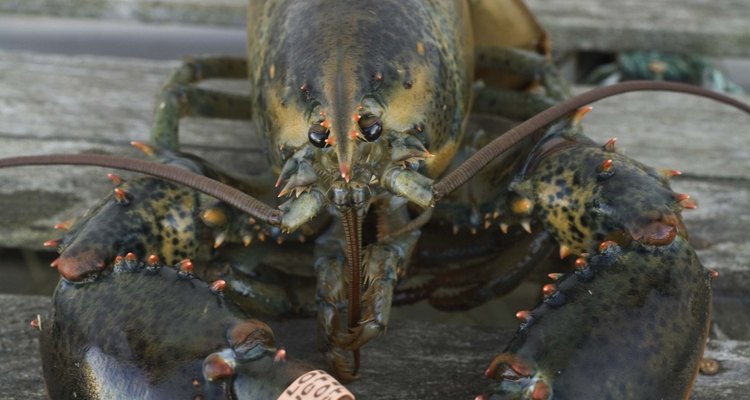
Lobsters have exoskeletons, or hard shells that cover the outside of their bodies. Having an exoskeleton makes it impossible for lobsters' bodies to grow inside. They must go through molting cycles to shed the outgrown shell and grow into a new one that fits its current size. Knowing when lobsters molt is important to lobster harvesters because it impacts the quality of the lobster.
Age
The age of the lobster determines how often it molts. Immature lobsters within their first five to seven years molt approximately 25 times per year, according to Vegan Peace. Adult male lobsters molt about two times a year, while adult females shed their exoskeletons once a year. When lobsters get older they go through the molting cycle less. An old lobster might only molt once every three to four years.
Season
Adult female lobsters shed mostly in the summer, because this is their primary mating season. Molting and mating are correlated cycles for lobsters. When the female lobster sheds its shell and is in its soft-shell stage it is able to become fertilized by a male. Young lobsters have a cyclical molting pattern, but it is not related to a particular season. Adult male lobsters, too, typically molt during warming weather.
Time Frame
The actual molting process takes a lobster approximately 15 minutes to shed the shell. Then, it takes the lobster six to eight weeks for the new shell to harden. During this time in the cycle the lobster is in a soft-shell stage, which makes it vulnerable to predators since the exoskeleton is a protective mechanism. Without the hardened shell, lobsters stay in hiding often by burying themselves beneath the sand or mud.
Significance
The lobster molting process is significant to the fishing industry, because lobster harvesters time their harvesting efforts around when the lobster's quality is at its peak. A key factor in the lobster's quality is the blood protein levels, which are highest about two months after the lobster molts. The higher blood protein levels enhance the quality of the lobster meat, which is why it is important for harvesters to track the molting patterns.
Related Articles

How Often Do Lobsters Shed Their ...

Why are Lobsters Cooked Alive?

When Is King Crab Season?

How to Cook Fully Frozen, Whole Lobster ...

How to Steam Lobster & Shrimp

How to Boil 1.5 Pounds of Lobster

Does Lobster Taste Better Boiled or ...

How to Cook Lightning Whelks
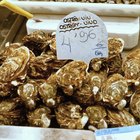
The Best Method to Store Fresh Oysters

Types of Crabs in the Atlantic Ocean

How to Thaw Lobster in the Microwave

How to Kill a Crab
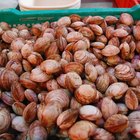
Can Fresh Clams Be Frozen?

Difference Between Boiled & Grilled ...

How to Cook Blue Crab
Can You Thaw & Refreeze Clams?
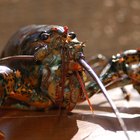
How to Freeze Whole Live Lobsters
How Long Does It Take for ...

How Fast Does Cooked Spaghetti Squash ...
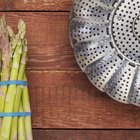
How to Steam Asparagus on the Stove
References
Writer Bio
Kyra Sheahan has been a writer for various publications since 2008. Her work has been featured in "The Desert Leaf" and "Kentucky Doc Magazine," covering health and wellness, environmental conservatism and DIY crafts. Sheahan holds an M.B.A. with an emphasis in finance.
Photo Credits
Jupiterimages/Brand X Pictures/Getty Images